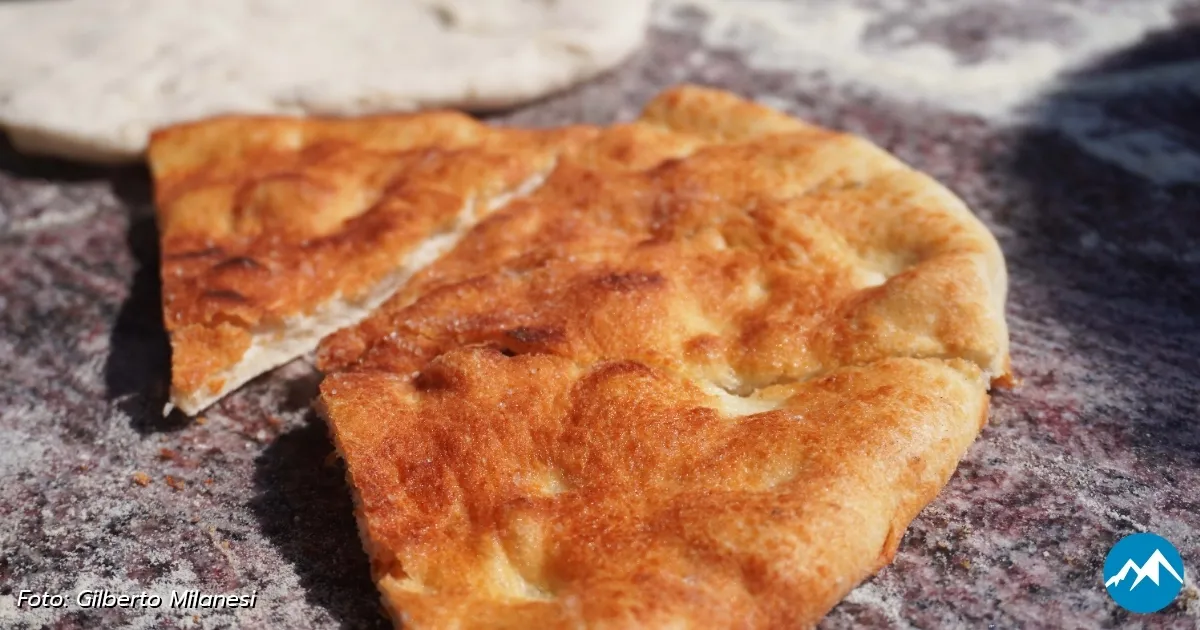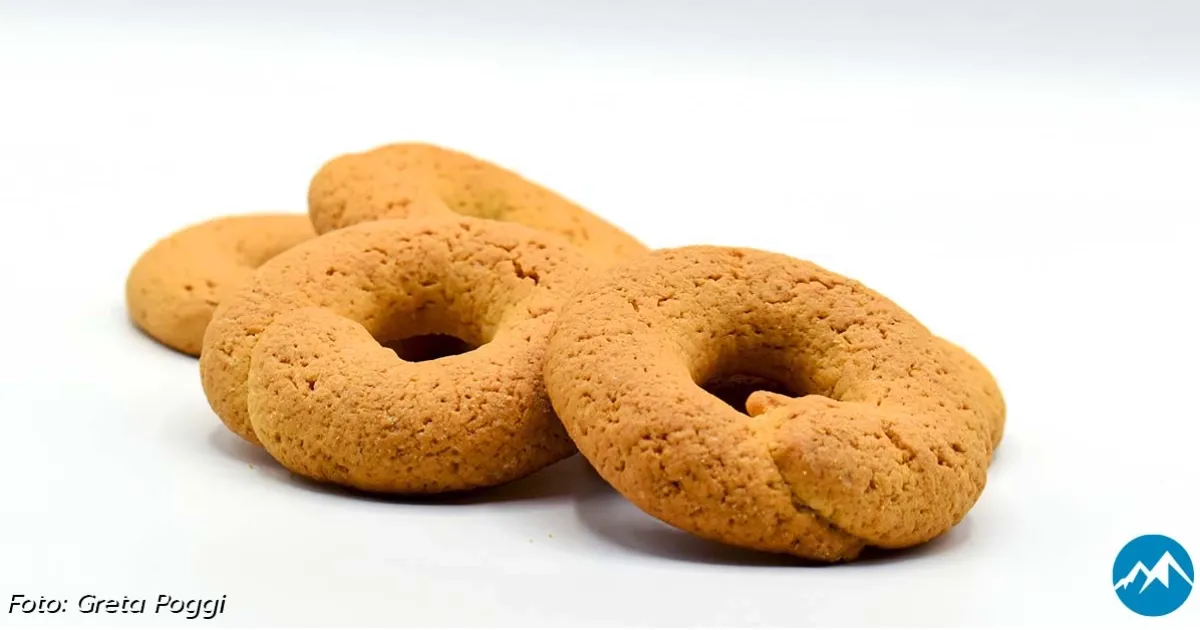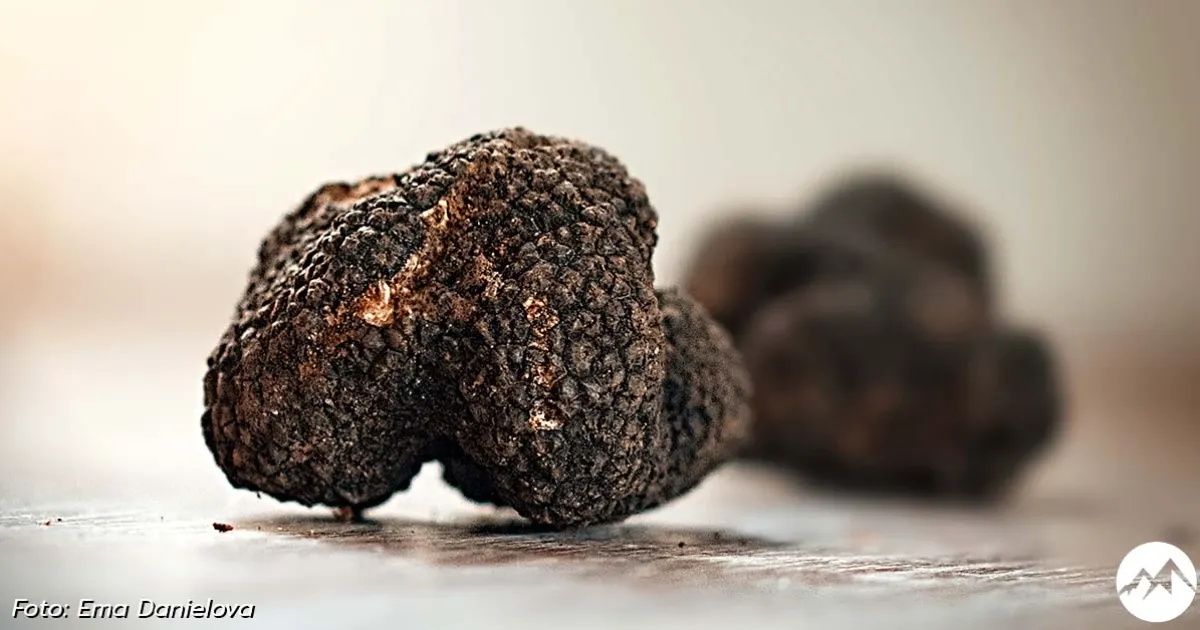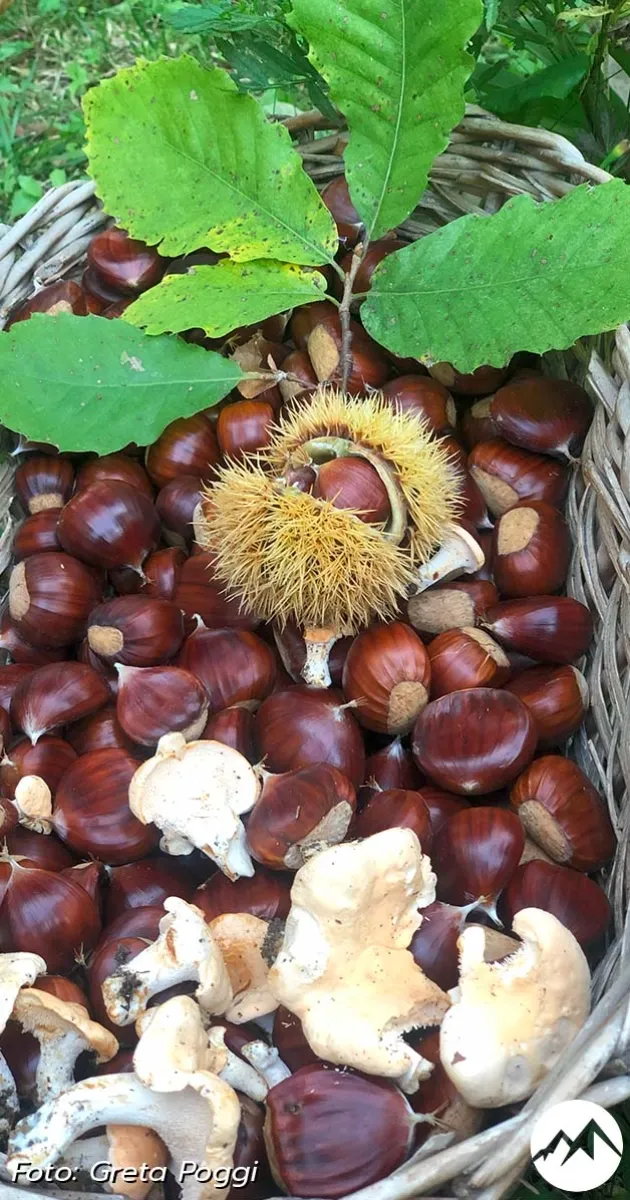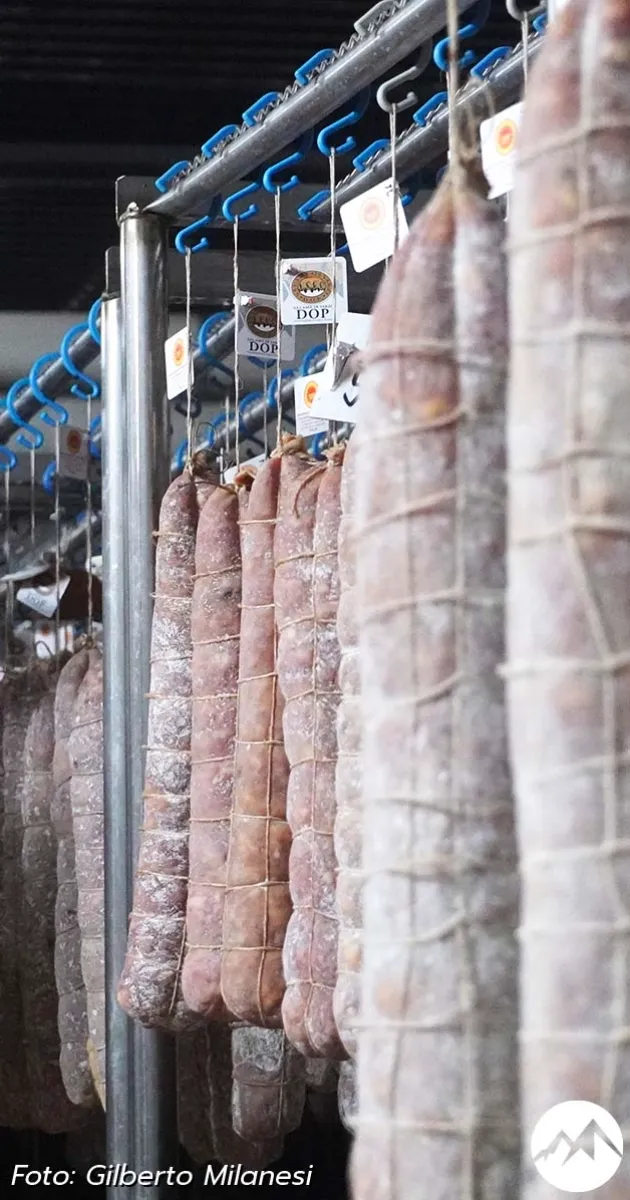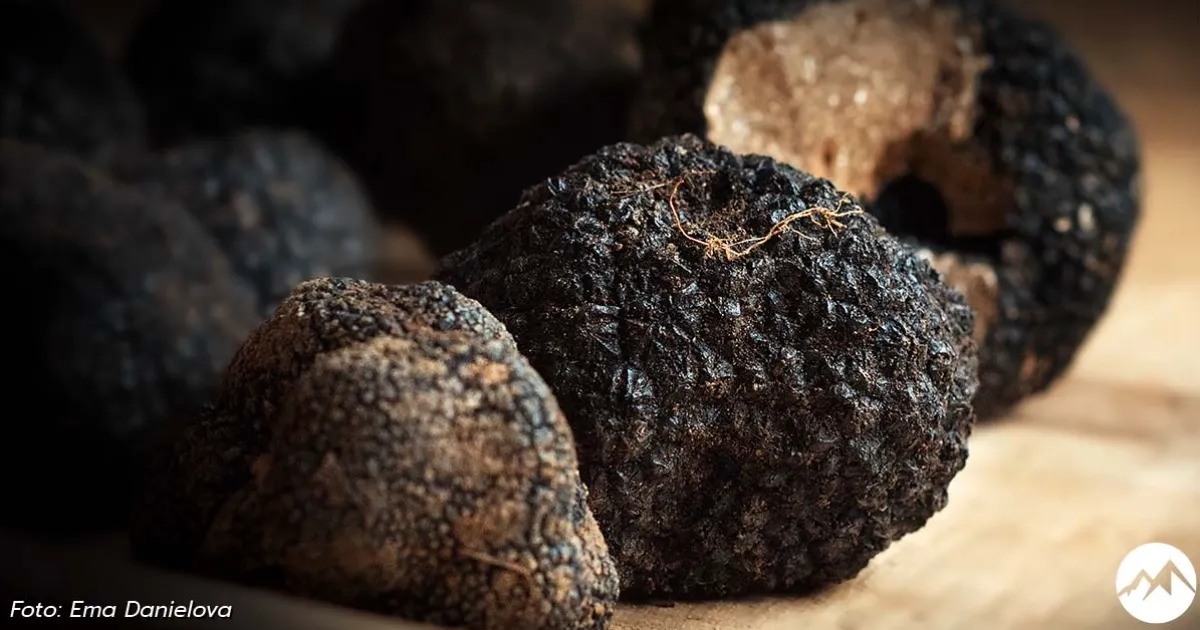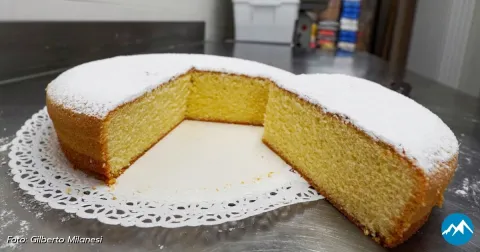Il Borgo di Romagnese e il suo territorio custodiscono prodotti di eccezionale qualità e unicità.
- Da un lato abbiamo i prodotti locali propriamente detti, coltivati o raccolti sul territorio nel rispetto dell’ambiente e della natura montana.
- Dall’altro invece ci sono i prodotti tipici, ovvero le prelibatezze culinarie artigianali che hanno segnato la storia del borgo e che vengono realizzati secondo ricette tradizionali tramandate di generazione in generazione dagli abitanti di Romagnese.
Il clima montano e la terra fertile del territorio danno vita a prodotti locali di eccezionale qualità, non solo coltivati nel rispetto della natura locale dalle molteplici aziende agricole ma anche offerti dalla terra stessa e raccolti sapientemente in modo da preservare la prosperità futura del raccolto. Alcuni dei principali prodotti locali di Romagnese sono i funghi di diverse varietà, i tartufi, il miele e le patate di montagna.
MELA ROSTAIOLA
 Mela dalla forma appiattita, di piccola-media dimensione. Ha una buccia liscia e cerosa, dal colore verde con vistosa mascella rossa all’insolazione e lenticelle piccole e poco visibili verde-biancastro. La polpa è bianca, soda, succosa, zuccherina e molto aromatica. L’abitudine di raccoglierla acerba la fa sembrare acidula e astringente. Cresce anche oltre 1000 metri di altitudine.
Mela dalla forma appiattita, di piccola-media dimensione. Ha una buccia liscia e cerosa, dal colore verde con vistosa mascella rossa all’insolazione e lenticelle piccole e poco visibili verde-biancastro. La polpa è bianca, soda, succosa, zuccherina e molto aromatica. L’abitudine di raccoglierla acerba la fa sembrare acidula e astringente. Cresce anche oltre 1000 metri di altitudine.
L’area storica di diffusione di questa varietà è la Val Tidone e la Valle Staffora, a cui si accosta la Pomella Genovese: presenti nei campi delle più antiche famiglie contadine
MAIS OTTOFILE
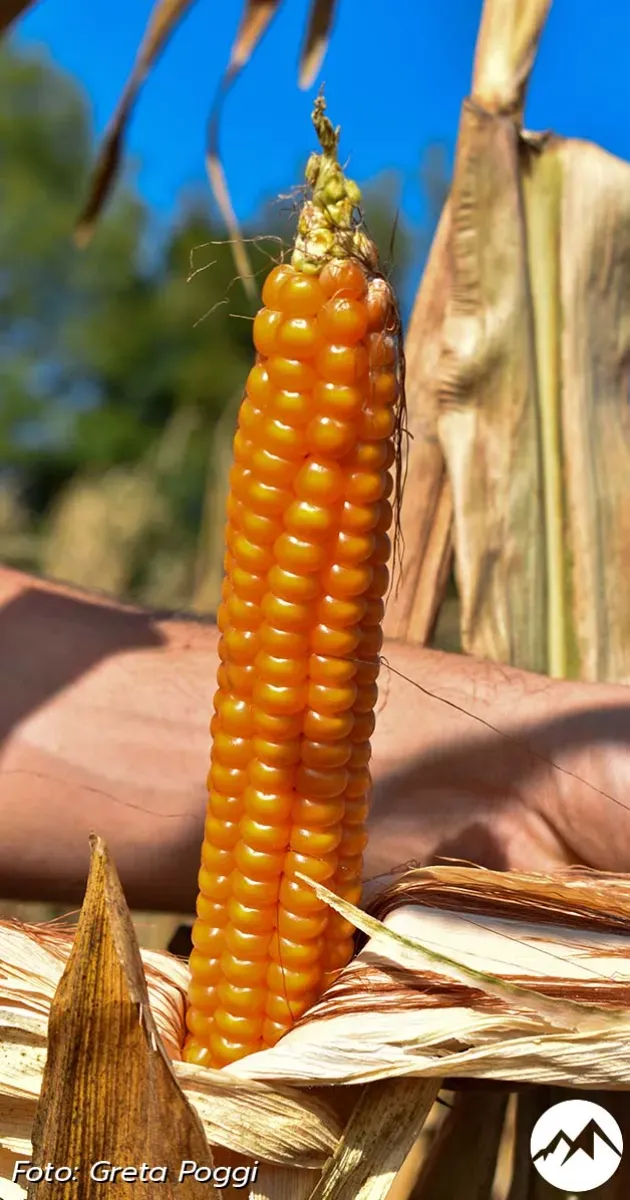
Il mais “ottofile” è chiamato così dal numero di file di chicchi, otto appunto, sul tutolo della pannocchia. Era detto anche “meliga del re” perché il Re Vittorio Emanuele II pare lo apprezzasse in modo particolare.
Il chicco è cuoriforme, piatto, liscio e lucido. ll colore è giallo aranciato. Il tutolo è bianco, e nel punto in cui i chicchi si attaccano al tutolo è presente un puntino nero. Il sapore della farina è particolarmente dolce e il profumo intenso. Ma la resa non è elevata. Il raccolto è piuttosto tardivo.
Con l’arrivo in Italia di mais ibridi americani, a resa doppia ma di qualità inferiore, questa varietà autoctona è stata abbandonata rimanendo ad appannaggio solo di qualche vecchio contadino caparbio delle alte Langhe. Oggi ritroviamo la farina gialla delle otto file miscelata ad altre varietà di “meliga” (marano, pignolet e quarantina) presso i rari mulini che nelle Langhe eseguono ancora la macinatura a pietra. La macinazione a pietra esalta le caratteristiche organolettiche del cereale lasciando nella farina tutte le parti di cui è composto il chicco.


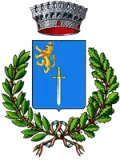 Comune di Romagnese
Comune di Romagnese
